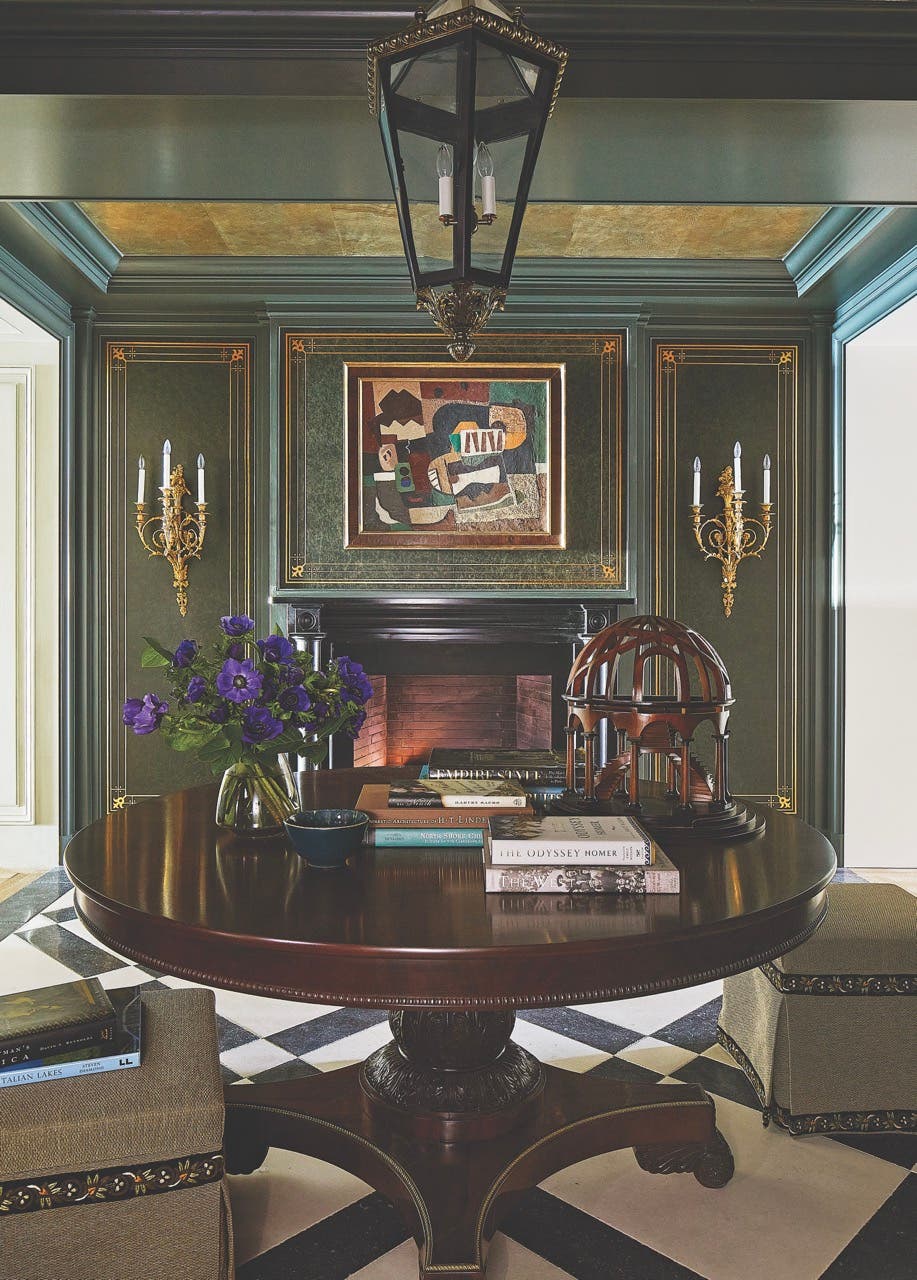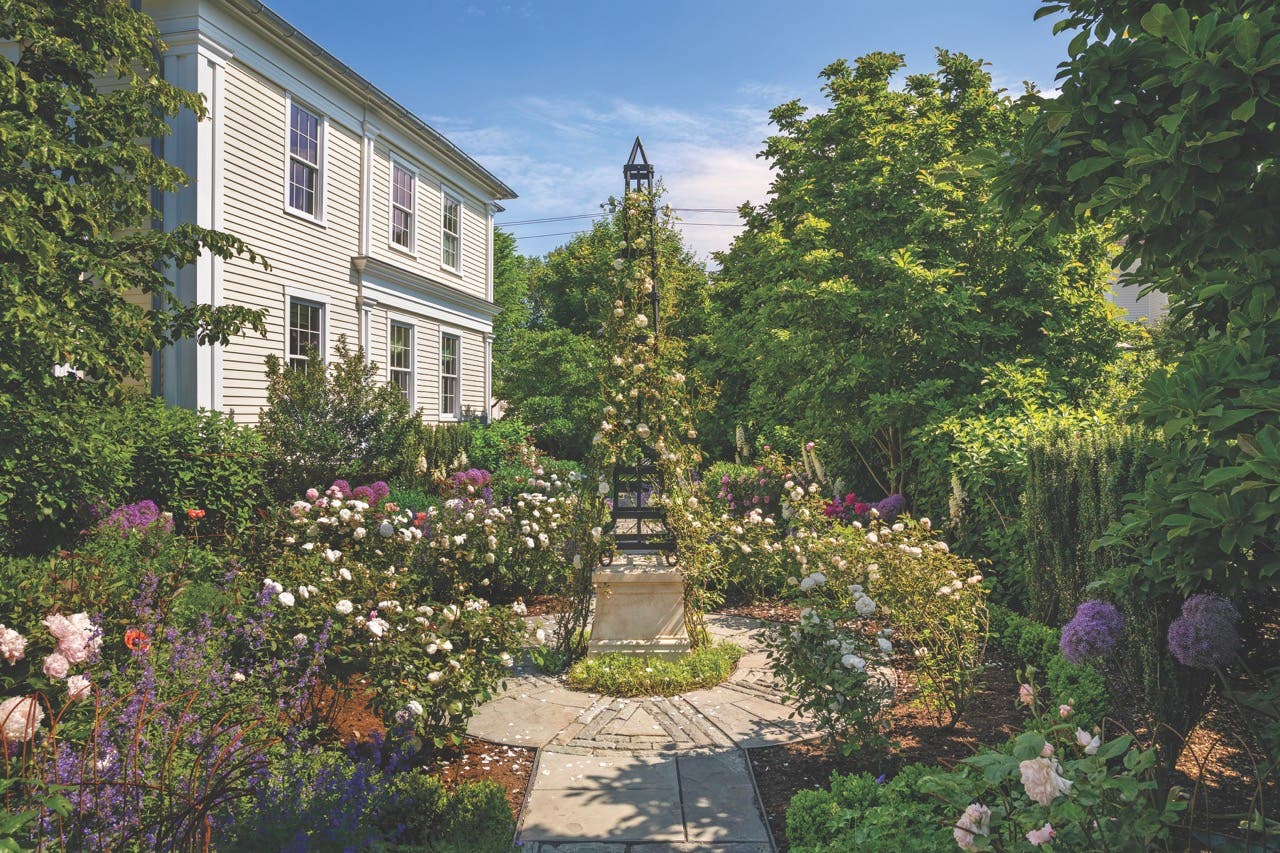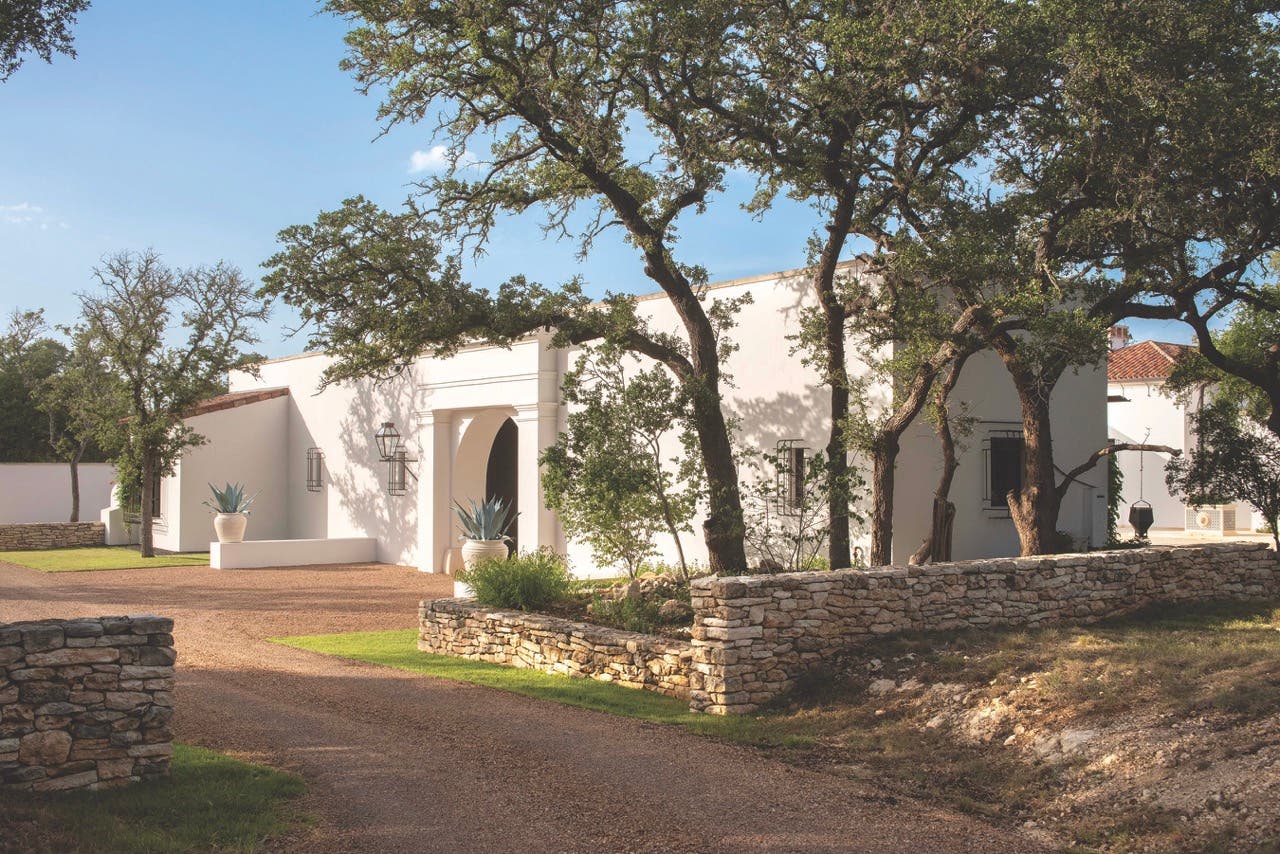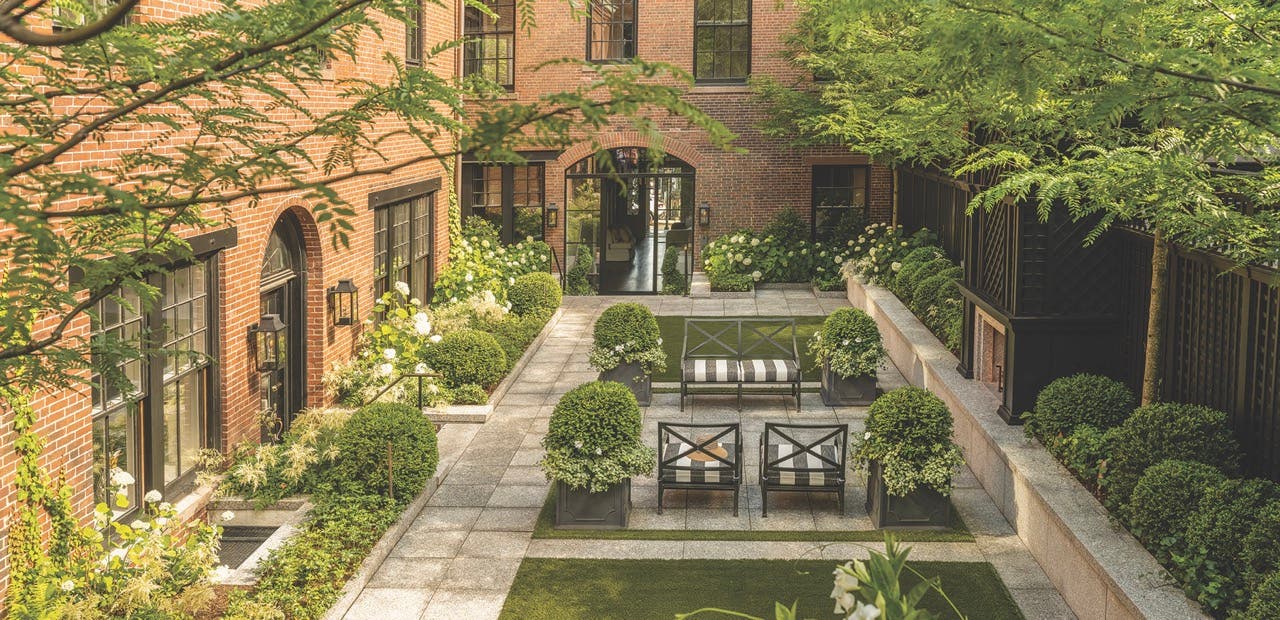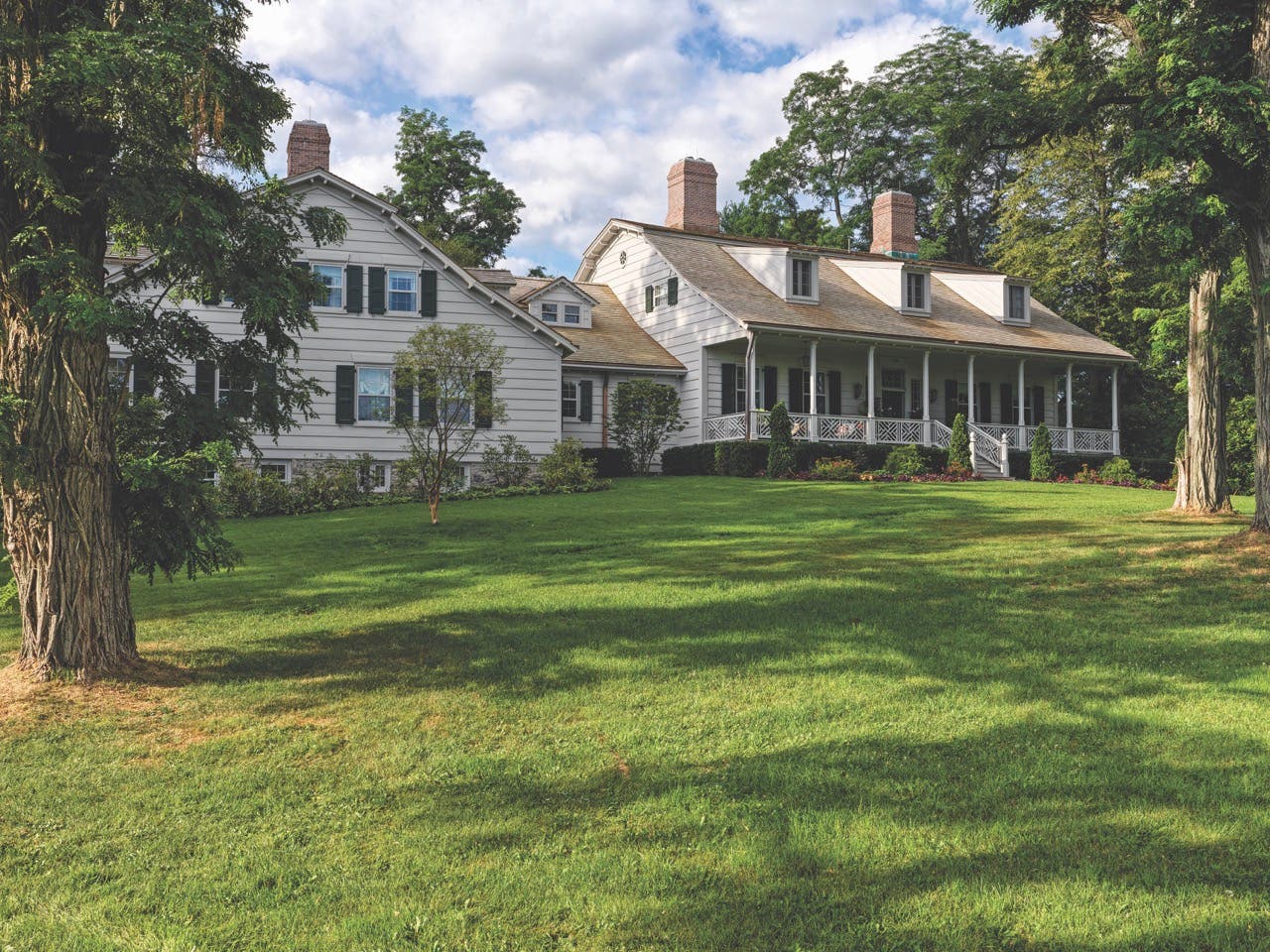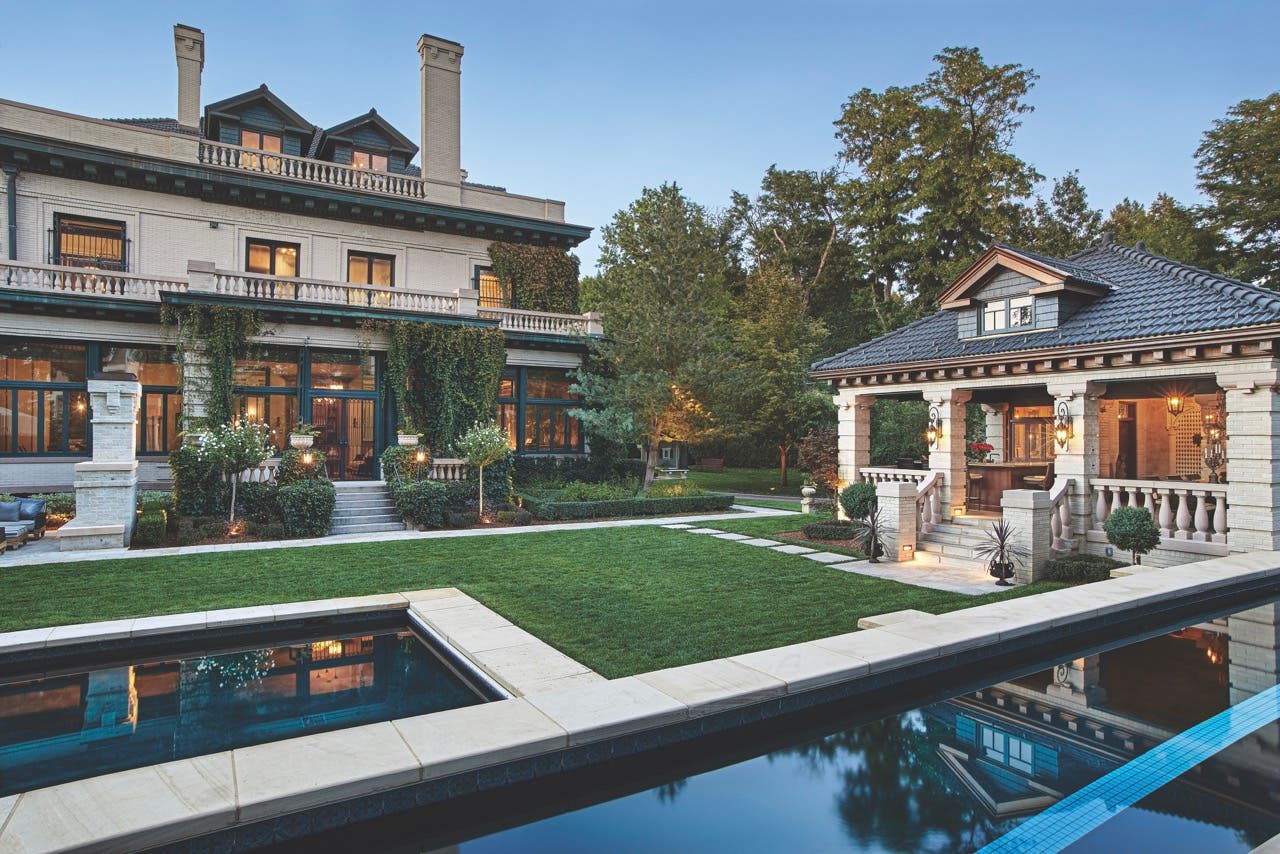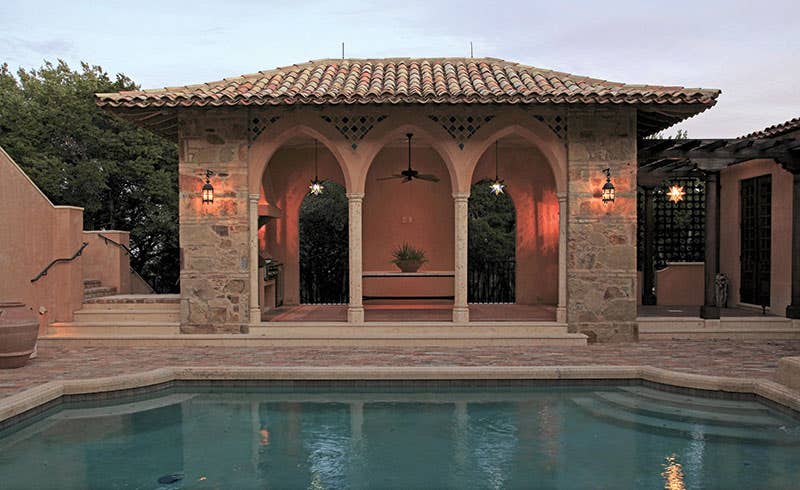
Palladio Awards
Casa De Las Lomas: Classic With A Spanish Accent
2013 PALLADIO AWARDS
New Design & Construction – more than 5,000 sq.ft.
Winner: Michael G. Imber Architects

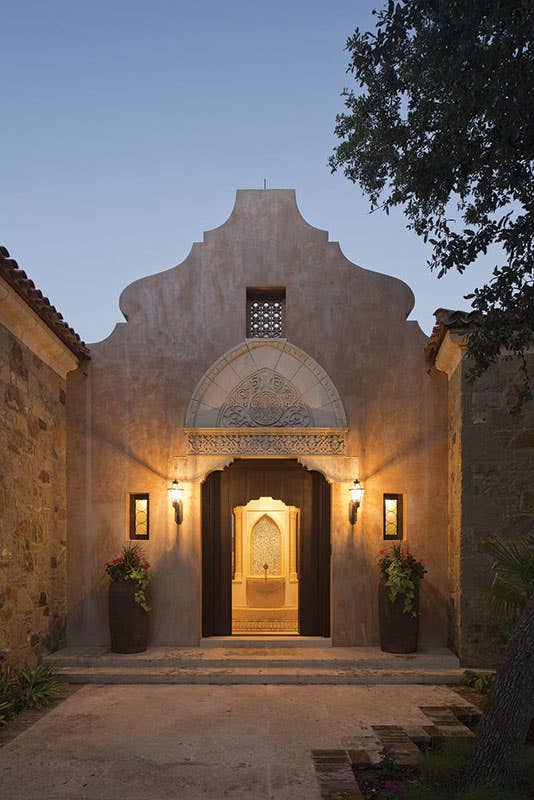
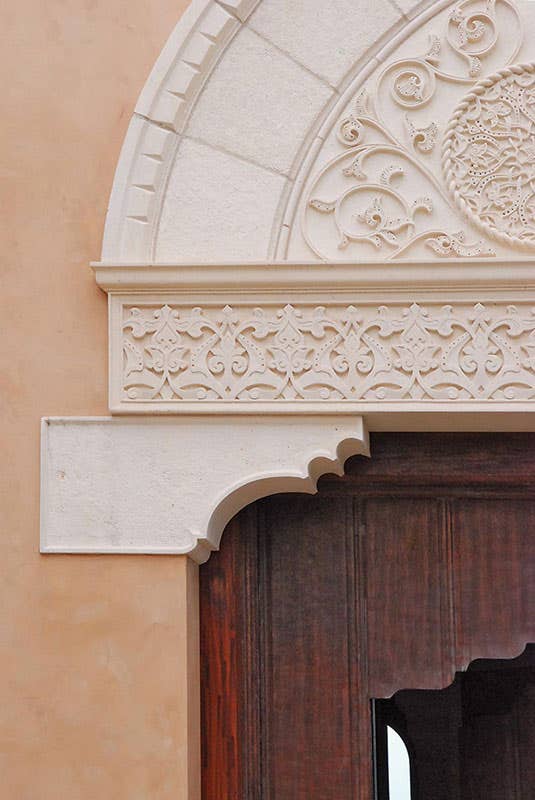
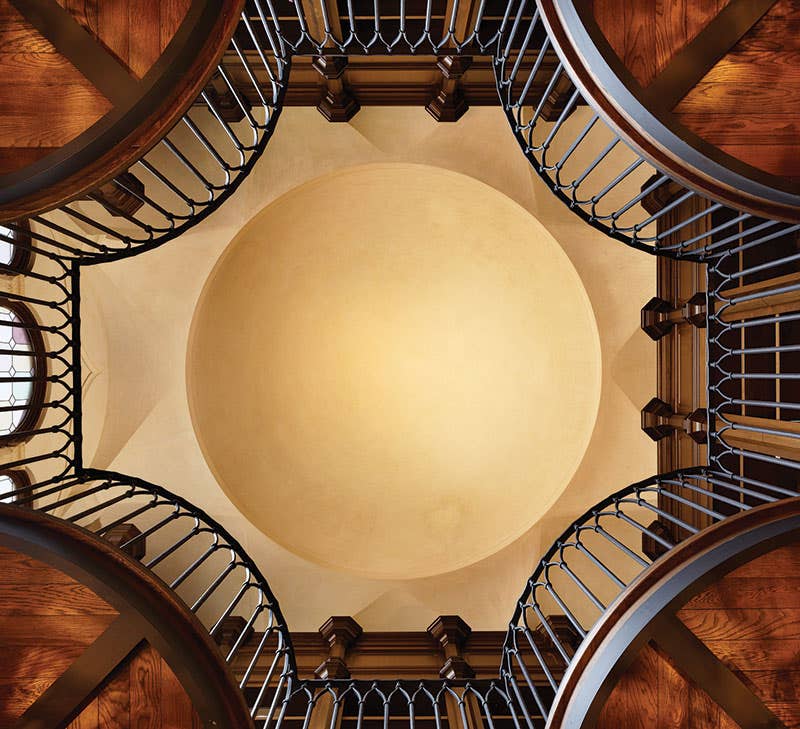
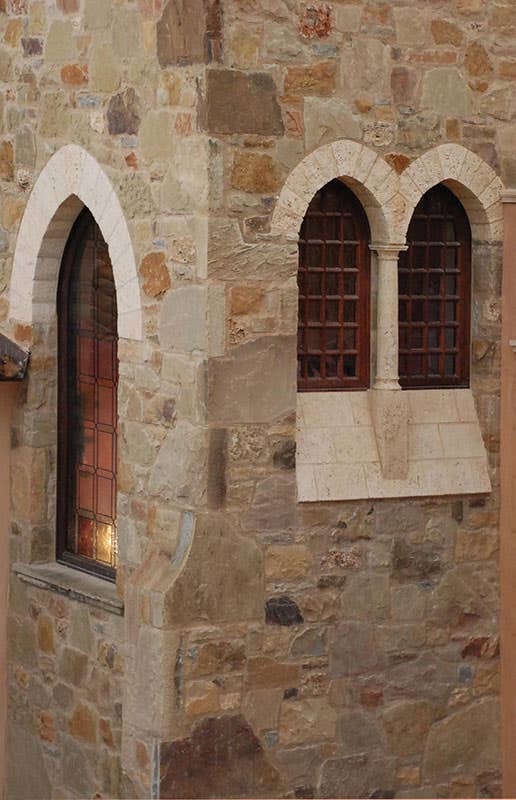
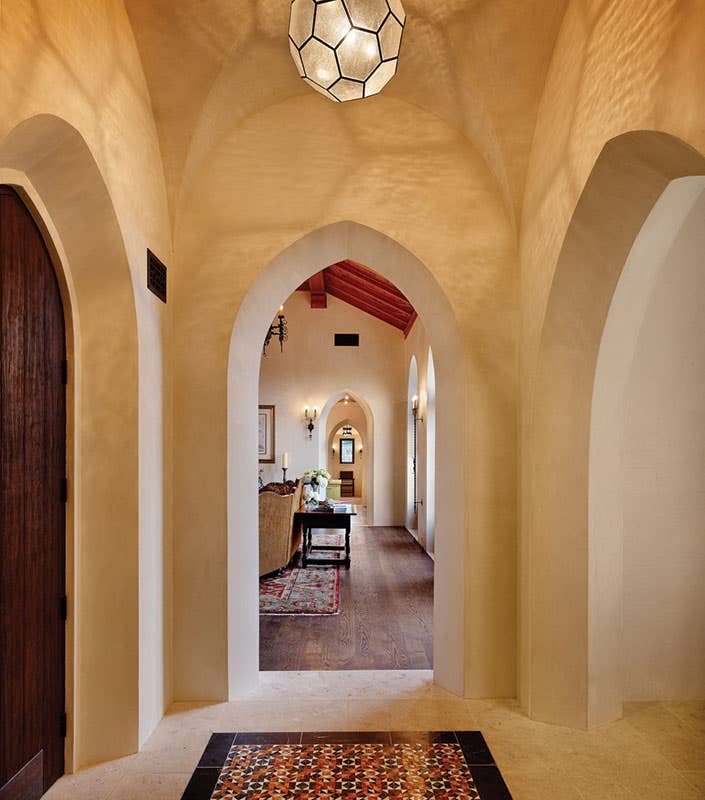
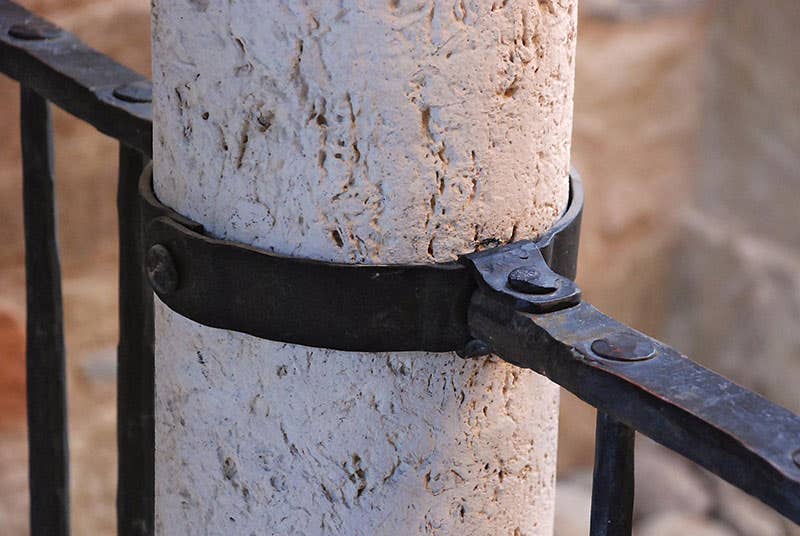

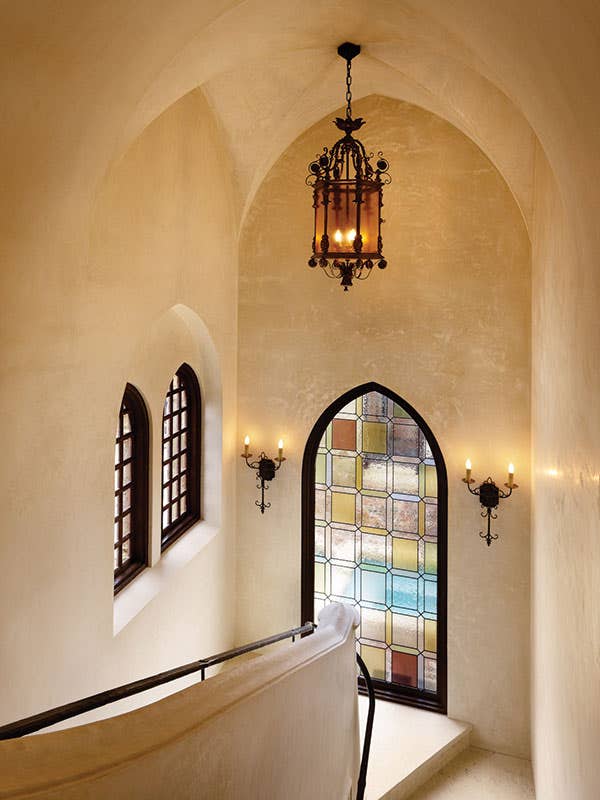
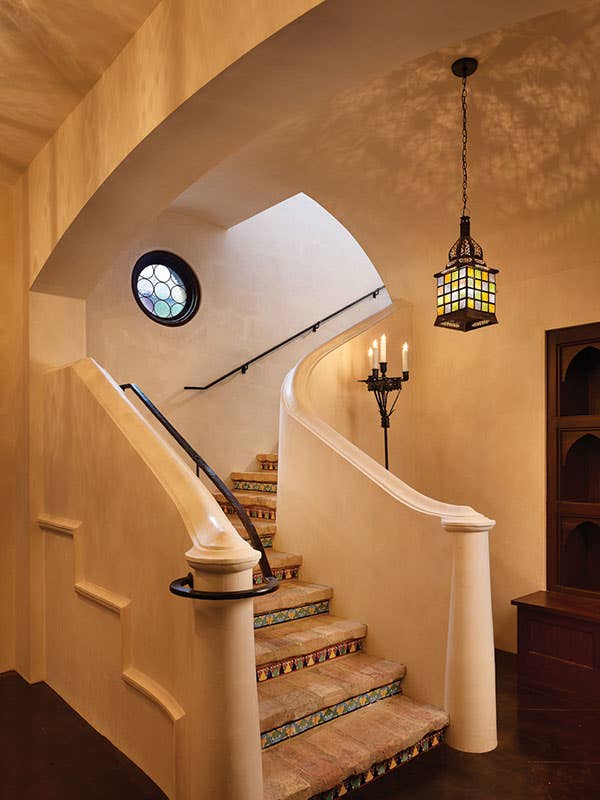
By Nancy A. Ruhling
As its moniker so descriptively declares, Casa De Las Lomas, which makes its home in Austin, TX’s playful backyard, is, indeed, a House of the Hills. It had no choice but to be a creature of its high-level landscape: Large plots of land in the city are not to be found, so all 8,000 of its square feet had to be solidly planted in a space that is less than a half-acre.
Project: Casa De Las Lomas, Austin, TX
Architect: Michael G. Imber Architects, San Antonio, TX; Michael G. Imber, FAIA, principal
To set it apart, architect Michael G. Imber, FAIA, sited the house, which is somewhat isolated from its very-near neighbors on a corner lot, as far from the street as possible, shading its shape with trees, and terraced the back so it seems to step down to the downtown that beckons beyond its borders. “It feels like it is part of the landscape and like it has always been there,” he says, adding that he made the front a splayed pie shape so the form snuggles into the setting. “Its materiality is what makes it unique.”
The idea of transcending time – stylistically and structurally – was paramount in the project because the owners, physicians who have two teenage children, envisioned a legacy house. “They wanted a residence that would be handed down through the generations,” says Imber, whose award-winning eponymous firm is in San Antonio, TX. “The idea was to create a home for their children and also a family place the children could call home after they are grown.”
To achieve those goals, Imber applied sustainable practices that went far beyond energy-saving aspects. “We used construction methods that ensured both longevity and superior thermal performance and created a design that doesn’t play to trends,” he says. “This house in and of itself is sustainable as a whole because it is built to be beloved by the owners and the community so much that it will be preserved and never torn down.”
Working closely with Clearman Masonry of Austin, Imber created a “palette of stone that carries the weight of time.” By blending several local sandstones with some antique European terra-cotta brick then filling in with cut, carved and artificially aged Texas Cordova Cream and Hadrian limestone they created a rough-hewn effect that contrasts with the more delicate fluidity of the clay-tiled roof.
Specifically, on the structural side, the Imber team married solid- masonry construction and the modern masonry material aerated autoclave block, a green product that’s made from concrete, fly ash and aluminum powder. The aluminum powder “foams” the concrete, creating the permanent air bubbles that make the material thermal-conducting, fire-resistant and long lasting.
The home’s concrete construction structure, which includes concrete retaining walls and columns that support a concrete composite slab for the main level, was in-filled with the aerated autoclave block to create a solid-masonry sub-structure shell that was clad, for the most part, in sandstone. Other sections were plastered.
“The client wanted plaster and stone,” says Imber. “This was hard to pull off without making it look like a mutt or a put-together Frankenstein. We used a variety of stones – schist, limestone, Hadrian limestone that looks aged and sandstone – from several quarries and intentionally mixed them so it would have an almost accidental feel” to reinforce the idea that the house and the hills had grown up together. The stone was paired with natural pigmented plaster so it ages with the stone.
Perhaps the most sustainable element of the residence is the style itself. The suburban development has a variety of traditional-style homes, and the owners wanted something that spoke with a Spanish accent. “We created a Spanish Revival house that is heavy on southern Spanish influences,” says Imber. “Its design is mostly inspired by Toledo, but there are some Barcelona and Andalucia touches.” Rough-hewn stone, wrought iron, antique brick, Moorish motifs and a decorative tiled dome brought these themes to life.
When it came to the front entrance, Imber let nature take its course, placing it on the upper level to take full advantage of the height of the hills, a design decision that also emphasized the importance of the residence. A forecourt also heightens expectations. “The parapet of the main entry creates a dramatic silhouette against the Texas sky,” he says.
The street side of the house is a solid wall, leaving the back to capture what Imber calls “exemplary views as well as cooling southeast breezes through an open courtyard.”
The public rooms, which include a music room and principal room as well as the dining room and kitchen, are on the upper level, leaving the family’s private spaces, including the four bedrooms, on the lower level. A pool and pool pavilion further meld the indoor and outdoor spaces, and an outdoor dining loggia on the upper level allows the owners to view all that goes on.
While the owners had the future in mind, they also wanted a comfortable place to live. “They like to entertain,” says Imber, “so it was important to make this a place that felt inviting and that opened up to the outdoors.” Visitors are enveloped in exoticism at the front entry, where a Spanish-inspired zaguán with wooden doors opens to an enchanting Cosmatesque tiled foyer, where the water of a fountain plays a soft background melody of welcome. The space links to two stairways that lead to the lower level, and a large leaded-glass window in muted colors ushers in soft light to the library/study of the master suite below.
The most prominent feature of the house – and the one that created the greatest challenge – is the dramatic dome of the double-height library/study. “There aren’t many houses in Austin that have concrete domes. This isn’t in the builder’s typical toolkit,” says Imber, adding that Dalgleish Construction Co. of Austin was integral to its successful completion.
The construction process sounds simpler than it was. Concrete forms were built and placed in supports two stories in the air as a 6-in.-thick reinforced concrete shell was poured into place. The shell was waterproofed then clad in quarry tile, whose defining decorative pattern and color palette accent the home’s Spanish roots.
Inside, the splendidly superior shape is framed by a hand-forged iron rail comprised of Moorish arches that rise to worship its simplicity.
Imber says it is the home’s hand-crafted details – the dome’s wrought-iron railings by Peter Rehme of Austin, the reclaimed French terra-cotta roof tiles from Tuscan Resource, the wooden doors built in Guatemala that are reminiscent of Spain’s zaguáns and that are surmounted by a decorative limestone tympanum hand-carved in the Mudéjar manner – that speak to its timeless nature. “It is artisanship that takes our architecture to an entirely new level,” he says. “It’s the craftsmen who take it to the level of art.”
Many houses have to wait years, even decades, to come into their own. But Casa De Las Lomas has always been ahead of its time: It has been turning heads ever since its last, rugged stone was laid in place, making it a legacy home not of tomorrow but of the here and now. Key suppliers for the project included Lantern Masters of Westlake Village, CA (lighting); Artisan Hardwood Floors of Austin, TX; doors and windows by Caoba Doors of Philadelphia, PA; Texas Carved Stone of Florence, TX; Kingwood Fine Cabinetry of St. Fredericksburg, TX; and leaded stained glass by H&H Glass Design of San Antonio, TX.
“We’ve had several prospective clients who saw this home and mentioned it as one they would like to emulate,” says Imber. “They had no idea that it was one our firm designed.”



